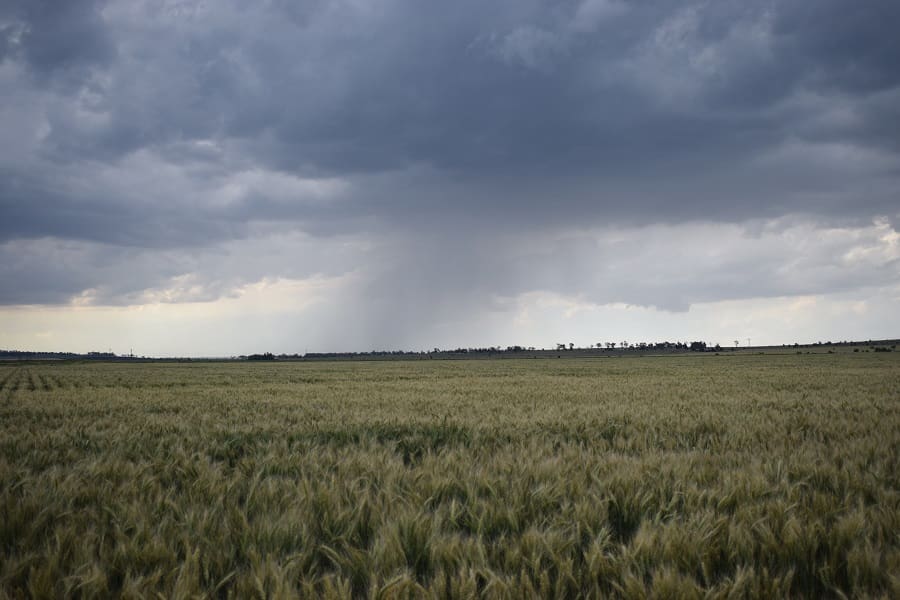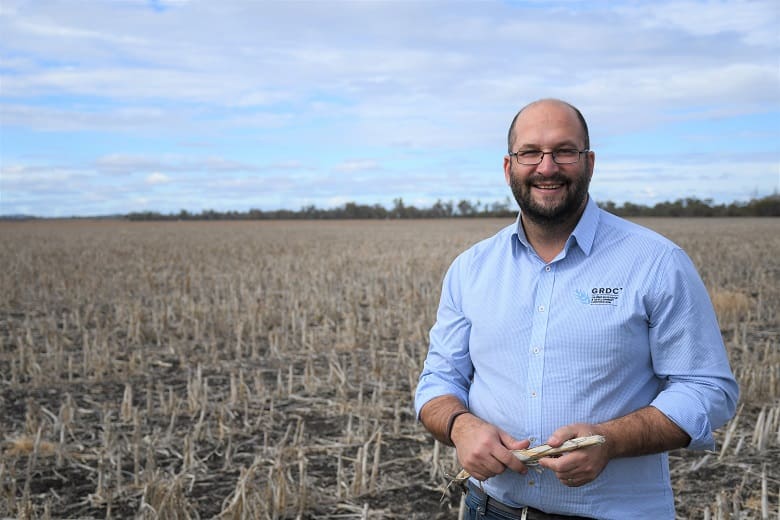THE release by the Bureau of Meteorology of new, regionally-specific climate guides has presented a snapshot of climate variability and change in regions across Australia.
Designed to help better inform on-farm decision making and risk management, the guides compare the past 30 years (1989-2019) of weather recordings across the regions of Australia with the previous 30 years (1959-1989).
The data compares rainfall totals, seasons trends and temperature, including the occurrence of frost, and heat stress events.
Guides for Queensland and New South Wales were released this month, with reports for the rest of the country to be made available before the end of the year.
An example from the Queensland guide for the region around Toowoomba in southern Queensland shows that in the past 30 years at Condamine:
- Annual rainfall has decreased by about 9 per cent
- There was a consistent decrease in monthly rainfall averages across the year
- July to September rainfall decreased by 27 per cent, with implications for spring soil moisture
- Summer rainfall has been reliable compared to other seasons, with autumn and winter being the most unreliable
- Wet years occurred seven times and dry years occurred nine times
- Spring frosts have been more common and have been occurring later
- There have been more hot days, with more instances of consecutive days above 38°C.
An example from the guide for the Riverina region of southern NSW shows that in the past 30 years in the Riverina:
- Annual rainfall has been relatively stable
- Rainfall has decreased in the autumn and spring months
- Winter rainfall has been reliable; autumn has been unreliable
- Dry years have occurred 10 times and wet years have occurred 11 times
- The autumn break usually occurs by mid-May around Wagga Wagga and Temora, by mid-June around Griffith, and often does not occur at all around Hay
- Across the region spring frosts have been more common and have been occurring later, except in the high country around Tumut
- There have been more hot days, with more instances of consecutive days above 38°C.
The Grains Research and Development Corporation (GRDC) was part of a broad group of agricultural sector partners and primary producers consulted in the development of the Bureau of Meteorology’s (BOM) new Regional Weather and Climate Guides.
GRDC Grower Relations manager north Richard Holzknecht, who participated in the BOM consultancy round with a cross-section of local farming representatives, said climate was one of the most challenging issues for grain growers.
“We are constantly hearing from growers, farm advisers, agronomists and researchers about the need for more accurate, reliable and regionalised seasonal outlooks,” he said.
“These Climate Guides offer a detailed, but easy-to-understand overview of climate variability and what different regions can expect going forward.
“They are really designed to help inform growers at a local level. Everyone is interested in rainfall, but issues like the number of hot days and the timing of frosts can have a significant impact on cropping and in turn farm profits.”
More information:
To check out the Climate Guide data for your region of Queensland or NSW go to http://www.bom.gov.au/climate/climate-guides/.
Climate Kelpie Blog: Regional ‘Climate Guides’ to inform on farm risk management http://www.climatekelpie.com.au/index.php/2019/07/03/regional-climate-guides-to-inform-on-farm-risk-management/
http://www.climatekelpie.com.au/index.php/forewarned-forearmed/
The guides were created in partnership with FarmLink and CSIRO in a $2.7 million, 12-month project, and cover the Natural Resource Management regions across Australia. They are part of the Australian Government’s Drought Assistance Package.





HAVE YOUR SAY